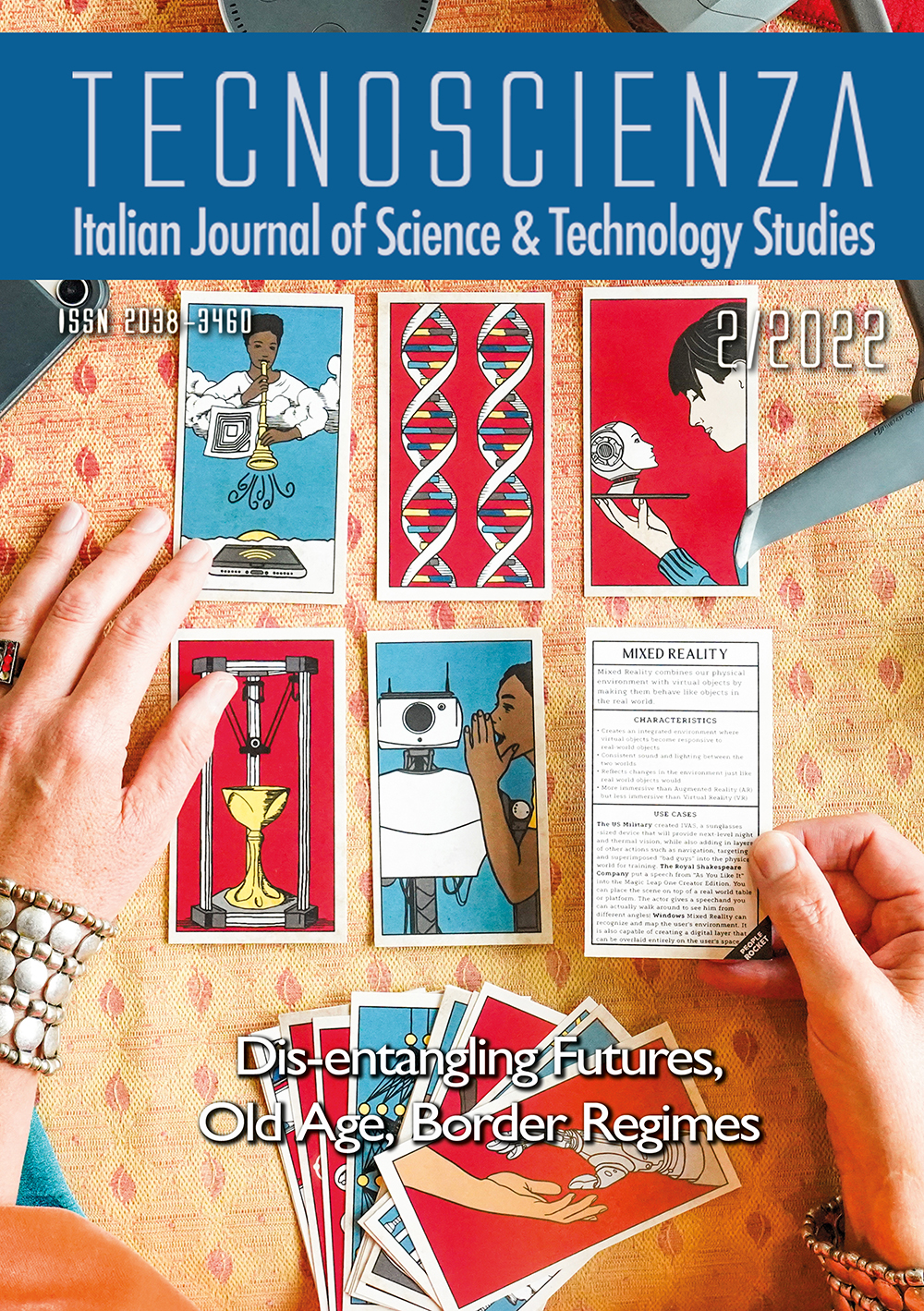That Obscure Object of Desire: Some Notes for a Slow Art-Science
DOI:
https://doi.org/10.6092/issn.2038-3460/17580Keywords:
art-science collaboration, experimentation, fiction, art-science amateursAbstract
Although not a book that can be labelled as “art-science”, the novel Atlante Occidentale (1985), published in English as Lines of Light, was conceived by the Italian writer Daniele Del Giudice during a fieldwork visit at the CERN laboratory in Geneva in the early 1980s. The two protagonists, the writer Ira Epstein and the physicist Pietro Brahe, have a common obsession: the drive to experimentation. Both characters seek to create new tools (machines) out of existing material for understanding reality – Pietro a particle collider, Ira the written word. As I argue in the article, Atlante Occidentale, a work of fiction, makes a point which should be at the core of any attempt to better understand art-science collaboration: art and science are both ways of world-making.
The article provides readers with a brief overview of the mainstream narratives on and in art-science collaboration and suggests a series of strategies apt for challenging those narratives. First, I argue that experimentation rather than creativity is the glue making any collaboration between art and science possible. Second, I show the importance for both scholars and artists of carrying out laboratory fieldwork and archival research to access science in the making and, hence, to engage in potentially transformative art-science collaborative work. Finally, I call for a radical rethinking of the scale and syntax of art-science projects given that some of the most successful models of such collaborative endeavours are in deep crisis.





